Mercy is one of Overwatch’s most controversial characters. Originally, the healer was able to resurrect multiple allies at once, capable of turning the tide of a match in an instant. But she has since seen multiple changes to both her kit and core design intended to level her out.
It was in late 2017 that Mercy’s Resurrect ability was altered to help with the tempo of matches and make her less of a defining factor in the outcome. However, even her replacement Valkyrie ultimate proved exceptionally potent and she quickly overtook the meta once again. Much of this was due to Mercy’s constantly regenerating health, ability to chain-heal allies, and instantly resurrect one or two people on her team while Valkyrie was active.
Find out why it’s taking so long to bring map-making tools to Overwatch.
Blizzard stepped in once again and hit the angelic heroine with yet another substantial nerf to her ultimate in January 2018. Mercy’s alteration caused her pick rate to tank across various ranks, the most substantial of which occured at Grand Master where she dropped a whopping 80%.
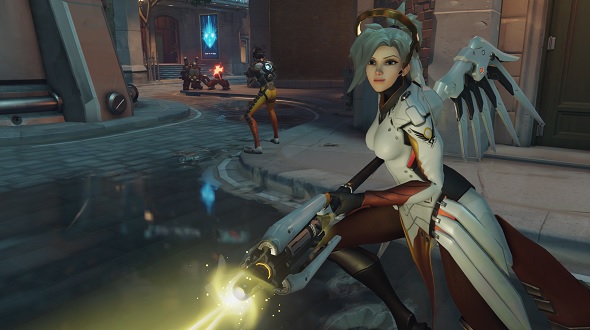
In her place, other supports like Moira, Lucio, and Ana rose up and began to see more usage. Yet, despite some outcry, this nerf was needed. No one hero should ever have that much power, regardless of their popularity among the community.
It is important to note that, even in her less potent form, Mercy is far from unplayable and her current standing could easily shift as more players adapt to her new playstyle. Resurrect is still a dominant ability, even with the cast time reduced during her ultimate. What these changes enable is for a slower style of gameplay to emerge in Overwatch once again.
The dive composition has always been reliant on Mercy’s ability to quickly bring back two teammates from the dead. Her role is to save dives from failure by quickly getting important heroes like D.Va and Winston back into the fight. It is the instantaneous effect that really allowed her to shine as the risk-versus-reward factor was never balanced for such a manoeuvre. Mercy is no longer a ‘get out of jail free’ card, then, as she cannot be counted on to bail someone out for poor positioning – this, of course, only encourages better plays.
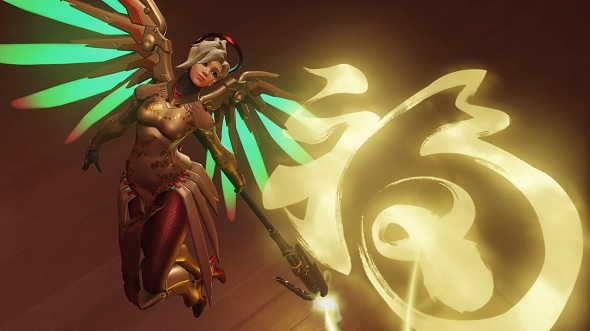
The removal of her second Resurrect charge is the other big change to her ultimate brought about by the latest nerf. Of all the alterations, this one feels the most profound. However, it is easy to forget that her chain healing/damage boost can be utterly backbreaking in teamfights. Allowing Mercy to pocket three people at once allows teams to push onto objectives with ease or even survive enemy ultimates that should act as an effective counter-attack. But Mercy no longer being overpowered does not make her a ‘dead hero’, she is simply now on a more level playing field with the rest of the heroes – something we have not witnessed in Overwatch before.
That being said, it is still important to evaluate where the other support heroes currently stand in the game. With the meta always shifting, some supports have risen to prominence, while others sadly remain in the niche category.
Moira
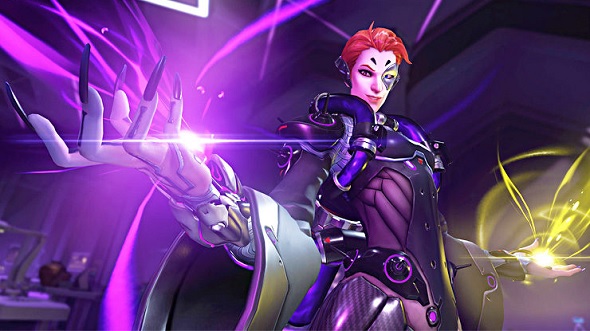
Overwatch’s newest hero is certainly making a name for herself since the Mercy nerf. Despite having her healing limited to a resource bar, Moira is capable of healing her teammates a tremendous amount.
Moira can also heal multiple targets at once, allowing her to quickly help her team recover, push onto objectives, or win a fight. This has the added benefit of charging her ultimate up very quickly. It is not uncommon for Moira players – even ones still learning how to use her – to obtain Coalescence within a minute of a round starting.
Moira can work with many different team compositions and is a tricky kill in a 1v1 scenario. You should expect to see more of her in the coming months.
Ana

Ana is another primary healer that can swing entire games by herself. If the meta does shift away from dive comps following the Mercy nerf then Ana will start to pick up momentum.
She has always been one of the best choices for slower-paced, tank-focused teams. It also helps that Ana’s Biotic Grenade can counter support heroes like Moira or Zenyatta. Couple that with her recent base damage increase and fight-winning Sleep Dart to get one terrifyingly strong character.
However, Ana can be a risky pick since Moira is more consistent when it comes to healing. While we can expect Ana to start rising in popularity, it is unlikely she will become a defining support hero.
Zenyatta
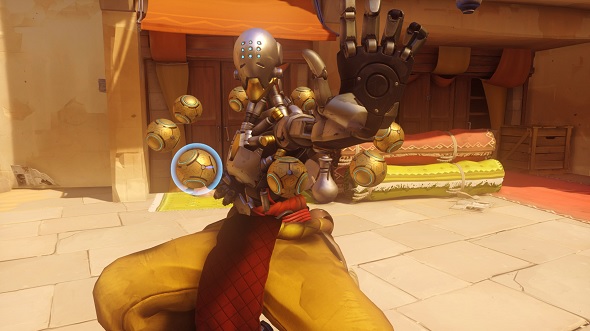
The orb-slinging monk has always been a great support hero and the Mercy nerf will not change that. Being able to increase damage on a hero by 30% helps teams quickly and effectively eliminate single targets.
Zenyatta’s Orb of Harmony provides a decent amount of healing that turns heroes like Tracer into a complete nightmare. Transcendence is still a strong counter to a lotof different ultimates, and it can turn around a losing battle. Mercy’s slowed casting time for Resurrect allows a skilled Zenyatta player to Discord and quickly eliminate her before the spell finishes.
We see Zenyatta remaining a strong pick for both casual and competitive play even if the meta shifts.
Lucio
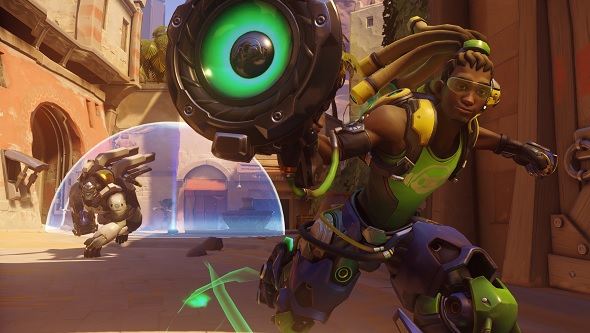
Lucio took a backseat recently unless a team needed to quickly recapture a point in overtime. With the recent Mercy changes, however, more people are starting to use this flexible off-healer once again.
His ability to speed his team through choke points is always useful, especially for maps like Temple of Anubis or Eichenwalde. His healing aura is also a good way to keep a team going during a fight. But Lucio lacks the ability to quickly heal big-bodied heroes like Reinhardt. It also does not help that popular strategies like the ‘pirate ship’ better suit heroes like Zenyatta, Mercy, or Moira.
None of this makes Lucio a bad pick, but it does limit his uses in a more competitive environment.
Symmetra
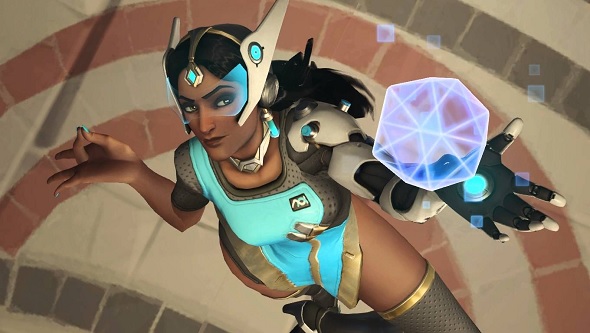
Symmetra’s biggest problem is her inability to heal – it severely limits her as a support hero, and committing a place on a team to a character that cannot help keep the team alive is a questionable choice.
None of this is to say Symmetra does not have her place in the game. She is a specialist character that can help teams who are playing defense on specific maps, even if she cannot offer enough to support an attacking team. Sure, the Teleporter or Shield Generator can be game-winning, but so can virtually any support ultimate. Her turrets are also fairly strong, but getting them set up takes time and, in some cases, that is not a luxury a team has.
Remember, unless you are at the highest levels of play, any support hero can be a benefit to a team. If your preferred character is not competitive in the meta that does not mean you should consider them useless. A strong Mercy player will always be a better choice than an inexperienced Moira or Ana. However, going forward, it is important to understand the strengths and weakness of each character in a post-Mercy-nerf meta.
